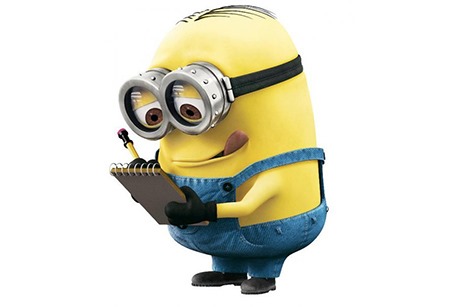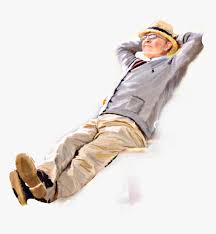Post by rick on Sept 25, 2017 21:30:26 GMT -6
First build to add to OSM. My usual interests lies with WWII subjects but I was starting to get a bit bored with them so I've left about a dozen shelf queens to age a bit longer and take on a post war wingy. Tamiya's 1/48 Skyray caught my eye a while back and it's been sitting on the shelf waiting impatiently for an opportunity to see the harsh glaring lights of the 'ol workbench. Haven't done a jet for about 40 or more years so here goes something:

Heres' some basic construction. I started off removing recognizable parts from the sprues and cleaning them up. For me this helps make a build go a little quicker and keeps my interest. I am a slow builder so I hope no one expects any speed records to be set here. Before I started probably 85% of the parts were separated and cleaned up before I got started assembly As is usual Tamiya, no fit issues and it went together so easily I forgot about taking pictures on some steps so quite of bit of what I have to show for it is after pieces have come together and paint has begun to fly. I do pre-shade to create some subtleness across the surfaces and panel lines, mainly just to prevent a final kit from looking like it was built for a museum.


Landing gear, hardpoints, and cockpit are first orders of business:



With the blended fuselage, this section fit top and bottom which is kinda nice because there are no wing joins to fill. Before gluing sections together, the Elevons were inserted. These odd control surfaces took the place of the horizontal tail surfaces.


The cockpit will have little visibility into it, mainly because the real deal didn't have much visibility out of it. But I almost always replace seats since this is usually the focal point in this area. There is no specific aftermarket ejection seat for this kit but a bit of research indicated the seat used in the F2 Demon was the same or so similar I used quickboost's resin seat to spruce up the office a bit:


Before closing the forward fuselage sections, I added as much weight as I could cram in. for weights, I use BB's, Pinch-on sinkers, or various shaped pine car derby weights from Hobby Lobby. Here's the front fuselage fitted to the aft section. Seams were filled and then sanded to high the very small seam line:



By the way, the pre-shading was applied after much of the fuselage construction was done. I have a bad habit of working on multiple kits, and I have to be in the mood to paint so it's not unusual to paint several in the the same sitting. In this case, I think I pre-shaded another kit at the same time so I get a bit random and usually have to go back and fill in or update as I go. Definately not a recommended method to teach a newbie, but right now, it's where I'm at.
At this point, I had to decide it I wanted to have folded wings or flight ready. I really wanted to fold them but then opted against it. Wings flat it is!


That's where it sits at this stage of construction. Paint comes next.

Heres' some basic construction. I started off removing recognizable parts from the sprues and cleaning them up. For me this helps make a build go a little quicker and keeps my interest. I am a slow builder so I hope no one expects any speed records to be set here. Before I started probably 85% of the parts were separated and cleaned up before I got started assembly As is usual Tamiya, no fit issues and it went together so easily I forgot about taking pictures on some steps so quite of bit of what I have to show for it is after pieces have come together and paint has begun to fly. I do pre-shade to create some subtleness across the surfaces and panel lines, mainly just to prevent a final kit from looking like it was built for a museum.


Landing gear, hardpoints, and cockpit are first orders of business:



With the blended fuselage, this section fit top and bottom which is kinda nice because there are no wing joins to fill. Before gluing sections together, the Elevons were inserted. These odd control surfaces took the place of the horizontal tail surfaces.


The cockpit will have little visibility into it, mainly because the real deal didn't have much visibility out of it. But I almost always replace seats since this is usually the focal point in this area. There is no specific aftermarket ejection seat for this kit but a bit of research indicated the seat used in the F2 Demon was the same or so similar I used quickboost's resin seat to spruce up the office a bit:


Before closing the forward fuselage sections, I added as much weight as I could cram in. for weights, I use BB's, Pinch-on sinkers, or various shaped pine car derby weights from Hobby Lobby. Here's the front fuselage fitted to the aft section. Seams were filled and then sanded to high the very small seam line:



By the way, the pre-shading was applied after much of the fuselage construction was done. I have a bad habit of working on multiple kits, and I have to be in the mood to paint so it's not unusual to paint several in the the same sitting. In this case, I think I pre-shaded another kit at the same time so I get a bit random and usually have to go back and fill in or update as I go. Definately not a recommended method to teach a newbie, but right now, it's where I'm at.
At this point, I had to decide it I wanted to have folded wings or flight ready. I really wanted to fold them but then opted against it. Wings flat it is!


That's where it sits at this stage of construction. Paint comes next.













